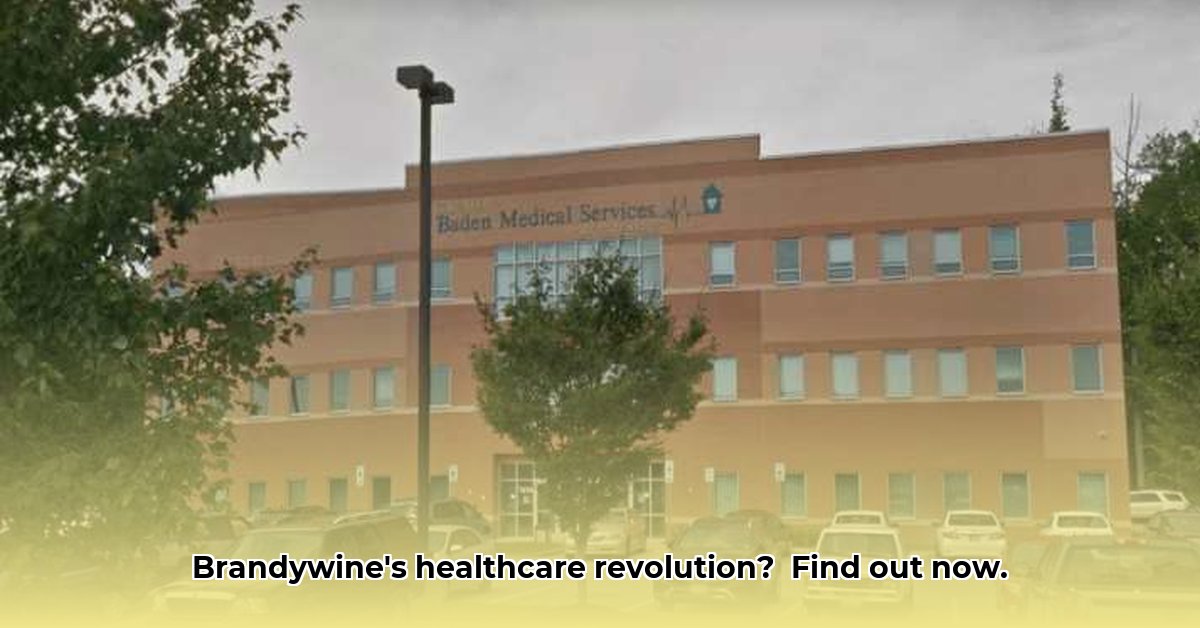
Greater Baden Medical Services (GBMS) in Brandywine plays a crucial role in providing healthcare access to its community. This article offers an objective assessment of GBMS's strengths, areas for improvement, and a path forward for ensuring sustainable, high-quality care for all residents. We examine its commitment to accessibility, achievements, challenges, and collaborative strategies for future success.
GBMS's Commitment to Community Healthcare
GBMS has established a reputation for providing patient-centered care, demonstrated by its extended clinic hours (including evenings and weekends), diverse staff reflecting the community demographics, and a sliding-scale fee system that addresses financial barriers to healthcare. These features directly support improved access for underserved populations. However, a deeper analysis reveals opportunities for enhancement.
GBMS’s Accomplishments and Recognition
GBMS's commitment to quality is highlighted by its recognition as a Patient-Centered Medical Home by the National Committee for Quality Assurance (NCQA), showcasing its coordinated and comprehensive approach to care. Further recognition includes American Heart Association awards for diabetes management programs and accreditation from The Joint Commission, signifying high standards in maternal and child health. These achievements demonstrate a dedication to providing excellent patient outcomes. But how do these translate to patient experiences and financial sustainability?
Areas Requiring Further Development
While GBMS has considerable strengths, a more comprehensive evaluation is needed to fully assess its performance. Data on key performance indicators (KPIs), including patient satisfaction scores, treatment success rates across various conditions, and a detailed financial analysis, are essential. This data will provide a clearer picture of GBMS’s overall effectiveness and financial stability. Without this quantitative data, a complete assessment cannot be reached. How can we quantify the effectiveness of the sliding-scale fee system in truly addressing financial barriers?
Collaborative Strategies for Sustainable Success
The success of GBMS hinges on a collaborative effort between multiple stakeholders. This requires a multi-pronged approach focusing on data-driven improvements, enhanced patient engagement, and sustained financial support. Effective data collection and analysis are crucial for measuring the impact of interventions and ensuring accountability. What quantifiable metrics will indicate improved patient satisfaction and treatment outcomes?
Actionable Steps for Stakeholders
To ensure the long-term viability and effectiveness of GBMS, concrete actions are necessary. These actions are outlined below, categorized by stakeholder group:
GBMS Leadership:
- (0-1 Year): Implement robust KPI tracking (patient satisfaction, treatment outcomes), conduct regular patient surveys, and perform a comprehensive financial health assessment.
- (3-5 Years): Develop a strategic plan encompassing financial projections, program evaluations, potential service expansion, and risk mitigation strategies.
Patients:
- (0-1 Year): Actively utilize flexible appointment scheduling and financial assistance programs.
- (3-5 Years): Advocate for policies supporting accessible and affordable healthcare.
Funders (Government, Private):
- (0-1 Year): Conduct thorough evaluations of GBMS's effectiveness and cost-effectiveness based on robust data.
- (3-5 Years): Provide sustained funding and explore innovative funding models for community healthcare.
Accrediting Bodies:
- (0-1 Year): Continue to maintain and improve existing certification standards.
- (3-5 Years): Collaborate with GBMS on research initiatives focused on best practices for accessible and affordable healthcare.
Future Research and Collaborative Vision
Future research should focus on collecting and analyzing data on patient demographics, treatment outcomes, patient satisfaction, financial performance, and the effectiveness of the sliding-scale fee system. Benchmarking GBMS against similar organizations would also provide valuable insights. The ultimate goal is to create a sustainable model for accessible and high-quality healthcare in Brandywine. This requires ongoing collaboration among all stakeholders, ensuring that GBMS continues to fulfill its vital role in the community. How can we best leverage collaborative partnerships to strengthen GBMS's position as a leader in accessible healthcare?